Narai-juku is a town where traces of the Edo period remain. The streets of Narai-juku are lined with houses built using a construction method that was popular during the Edo period and is now becoming rare in Japan. Narai-juku, where the atmosphere of the Edo period is still alive, retains an old-fashioned atmosphere. So, what exactly is Narai-juku? This time, we will introduce in detail Narai-juku, Nagano Prefecture, a post town where the Edo townscape of 200 years ago still remains.
①What is Narai-juku, a post town where the streets of Edo still remain?
Here we will introduce you to Narai-juku in detail. Narai-juku is a post town located in the central part of Nagano Prefecture that has been around since the Edo period. In 1978, Narai-juku was selected as an ″Important Preservation District for Groups of Traditional Buildings” by the Agency for Cultural Affairs of the Ministry of Education, Culture, Sports, Science and Technology. In 2007, it was also selected as one of Japan’s top 100 beautiful historical sites. Naraijuku is a town about 1km along the Narai River.
When you hear 1km, it may seem like a short distance. However, Narai-juku was an important and long post town in Japan during the Edo period.
▲You can see the good old townscape, and the residents are living their normal lives.
▲On the day the photo was taken, the temperature was below freezing and there were icicles on the roof.
②History of Narai-juku
Here we will introduce the history of Narai-juku in detail. Narai-juku was established as the 34th post town on Nakasendo during the Edo period. Nakasendo is the name of a road developed during the Edo period. After that, Narai-juku continued to flourish from the Edo period to the Meiji period. In 1431, Torii Pass, a difficult part of the journey at an altitude of 1197m, was opened. Later, Narai-juku was established as a post town in front of Torii Pass. Narai-juku in front of the pass flourished as a post town.
The reason for this was that there was a steep mountain pass and many bandits. In order to prepare for these events, travelers were required to stay overnight at Narai-juku.
How big was the post town during the Edo period?
Narai-juku is approximately 1km from north to south and approximately 200m from east to west, and was one of the largest post towns in Japan during the Edo period. It formed the townscape that still exists today, including inns, shops, and teahouses. According to the account book, Narai-juku had 409 inns at its peak.
Prospering as a midway point for “sankin kotai”
Furthermore, Narai-juku was an inn town that prospered as a midway point between “sankin kotai” during the Edo period. “Sankin kotai” is an event in which feudal lords from each region bring tribute to the Tokugawa shogun of Edo. Therefore, a rich facility was built in this place where the feudal lords of high status could stay. Narai-juku was paid a huge amount of money for lodging every time this event was held.
③Access information to Narai-juku.
The address of Narai-juku is Narai, Shiojiri City, Nagano Prefecture. Access information is as follows. By the way, Narai-juku is located along National Route 19, which connects Tokyo and Nagoya.
❶For those coming by car.
〇Route for those coming to Narai-juku from Tokyo area.
| Chuo Expressway ⇒ (2 hours 10 minutes) ⇒ Okaya JCT ⇒ (10 minutes) ⇒ Shiojiri I.C ⇒ R19 (35 minutes) ⇒ Naraijuku |
〇Route for those coming to Narai-juku from the Nagoya area.
| Chuo Expressway ⇒ (45 minutes) ⇒ Nakatsugawa I.C ⇒ R19 (1 hour 30 minutes) ⇒ Naraijuku |
❷For those coming by train.
〇Route for those coming to Narai-juku from Tokyo area.
| Shinjuku ⇒ (JR Chuo Line: Limited Express 2 hours 40 minutes) ⇒ Shiojiri Station ⇒ (JR Chuo Line: 25 minutes) ⇒ Narai Station ⇒ (Walk: 3 minutes) ⇒ Narai-juku |
〇Route for those coming to Narai-juku from the Nagoya area.
| Nagoya Station ⇒ (JR Chuo Line: Limited Express 1 hour 30 minutes) ⇒ Kiso-Fukushima Station ⇒ (JR Chuo Line: 20 minutes) ⇒ Narai Station ⇒ (Walk: 3 minutes) ⇒ Narai-juku |
⑤How to visit Narai-juku in winter?
When you visit Narai-juku in winter, you will see a beautiful silver world covered in snow. However, since it is located in Nagano Prefecture at an altitude of approximately 940 meters, it is subject to heavy snowfall in the winter. Therefore, if you visit in winter, you will need to take measures to protect yourself from the cold. Also, if you drive a car, don’t forget to install studless tires.
Summary
This time, we introduced Narai-juku, Nagano Prefecture, a post town where the Edo townscape of 200 years ago still remains. Narai-juku, Nagano Prefecture, is a former post town with an impressive townscape that still retains traces of the Edo period. Today, there are many wonderful shops that entertain travelers, such as accommodations with an Edo-style atmosphere, restaurants, cafes in the style of old folk houses, and accessory stores. Narai-juku in Nagano Prefecture is a tourist spot where you can travel back in time to the Edo period. When you visit Nagano Prefecture, we highly recommend you to visit Narai-juku.

▲Official site
▲Naraijuku
Watch this place in the video! !
Thank you for reading to the end. I will continue to convey the beauty of Japan. I hope to enrich your lives even a little. I look forward to your opinions and feedback. I hope you will check out other content on Instagram and YouTube.
See you again…

▲ I will continue to post more like this in the future. Thank you for your support.

Reactions from people in various countries‼︎ in various countries‼︎
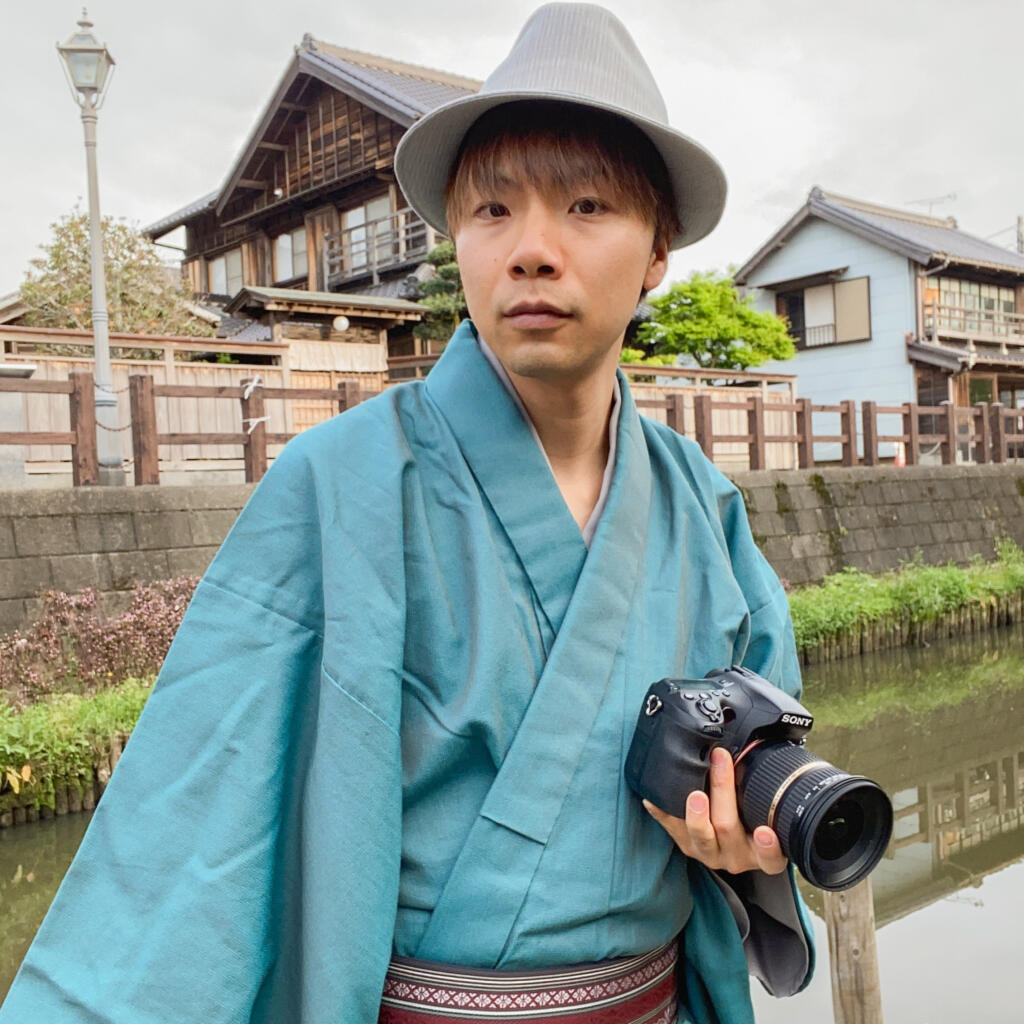
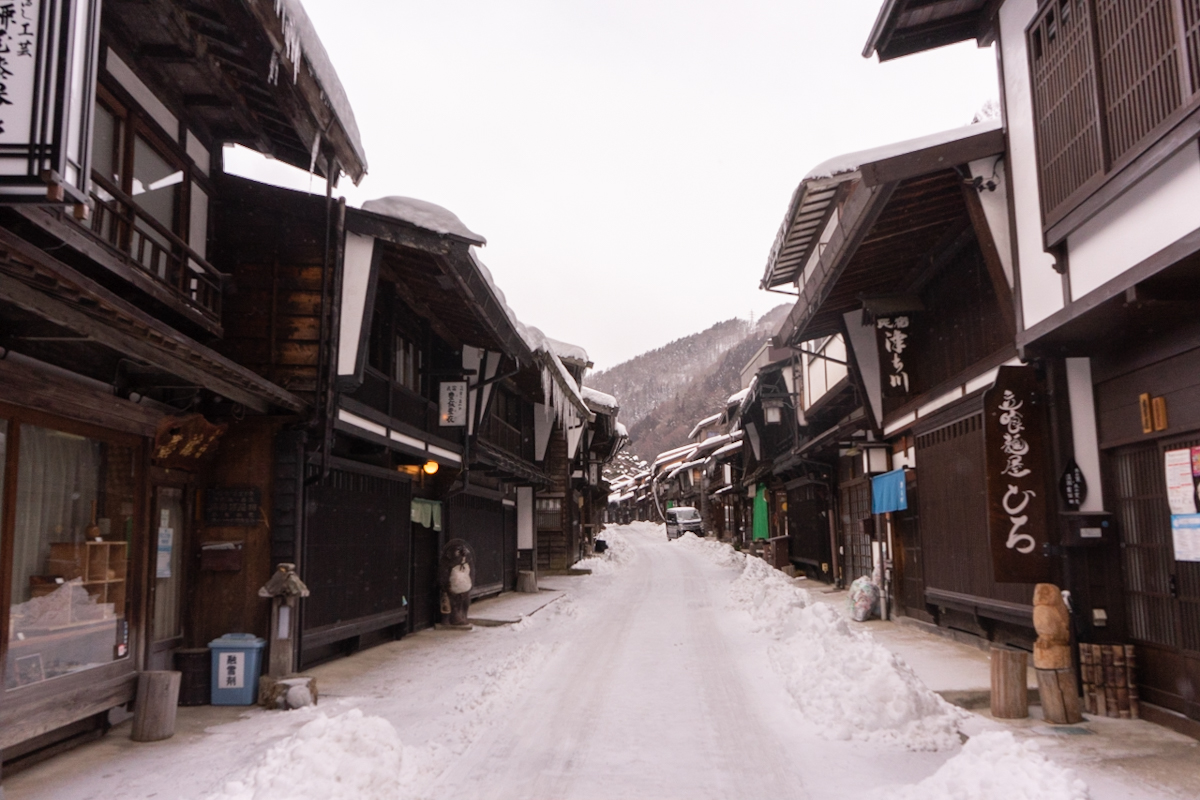
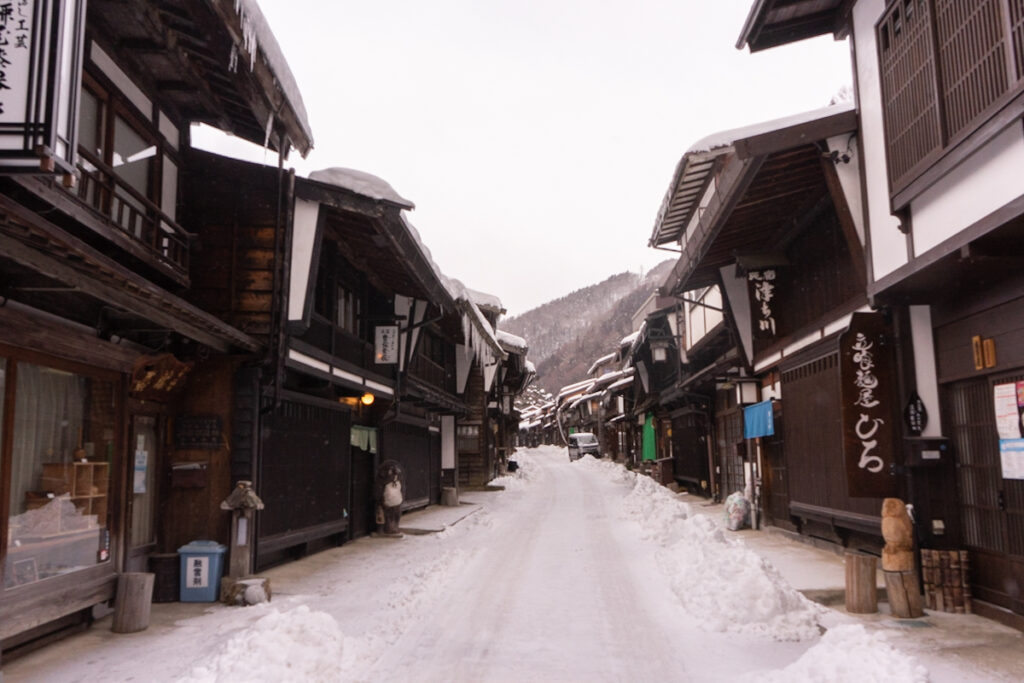
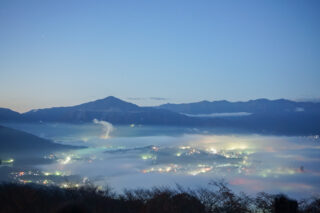
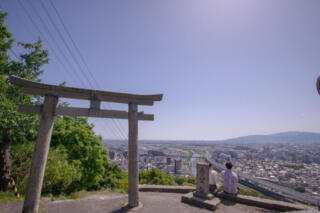
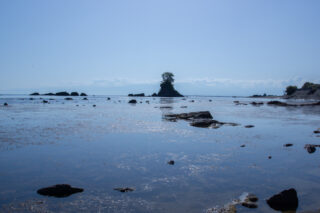
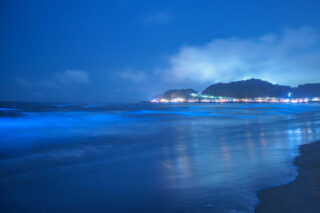
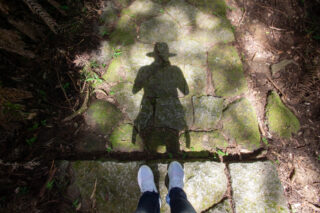

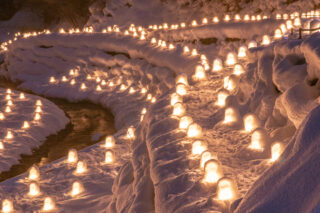
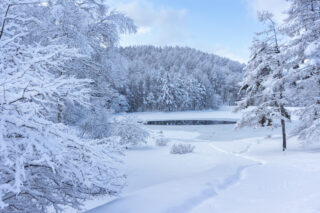
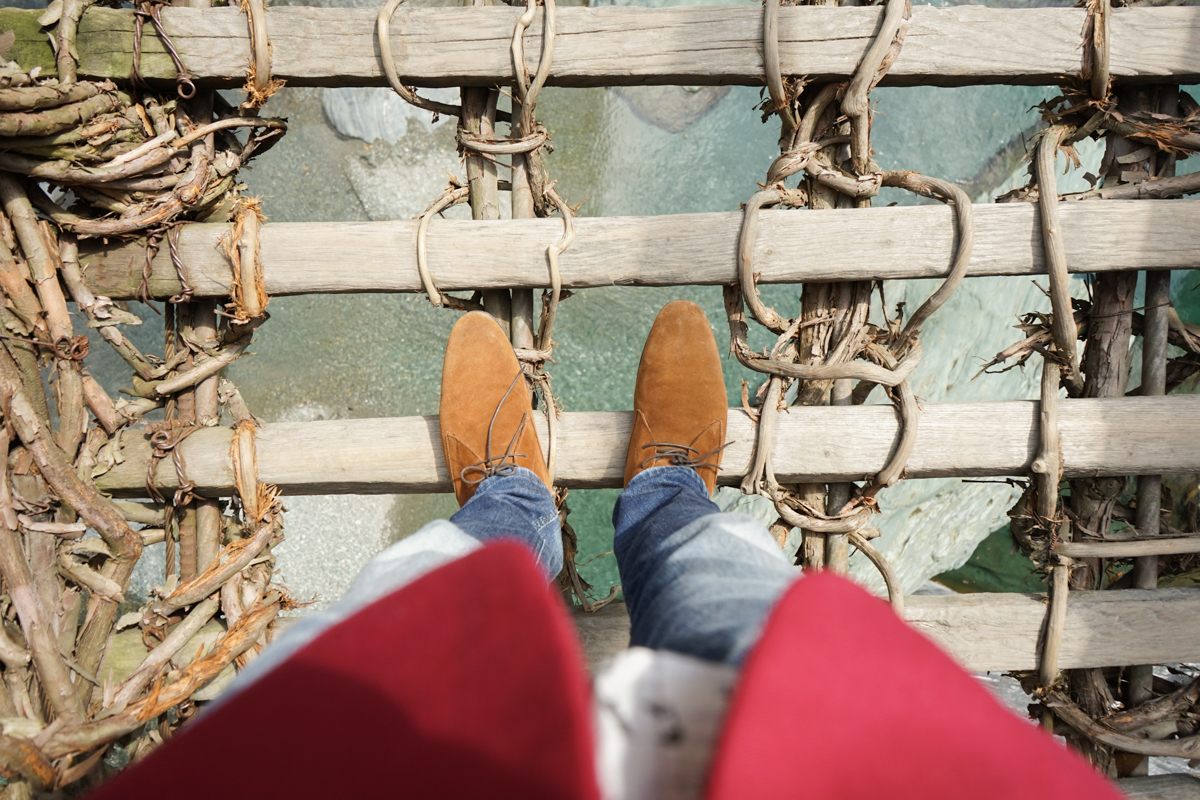
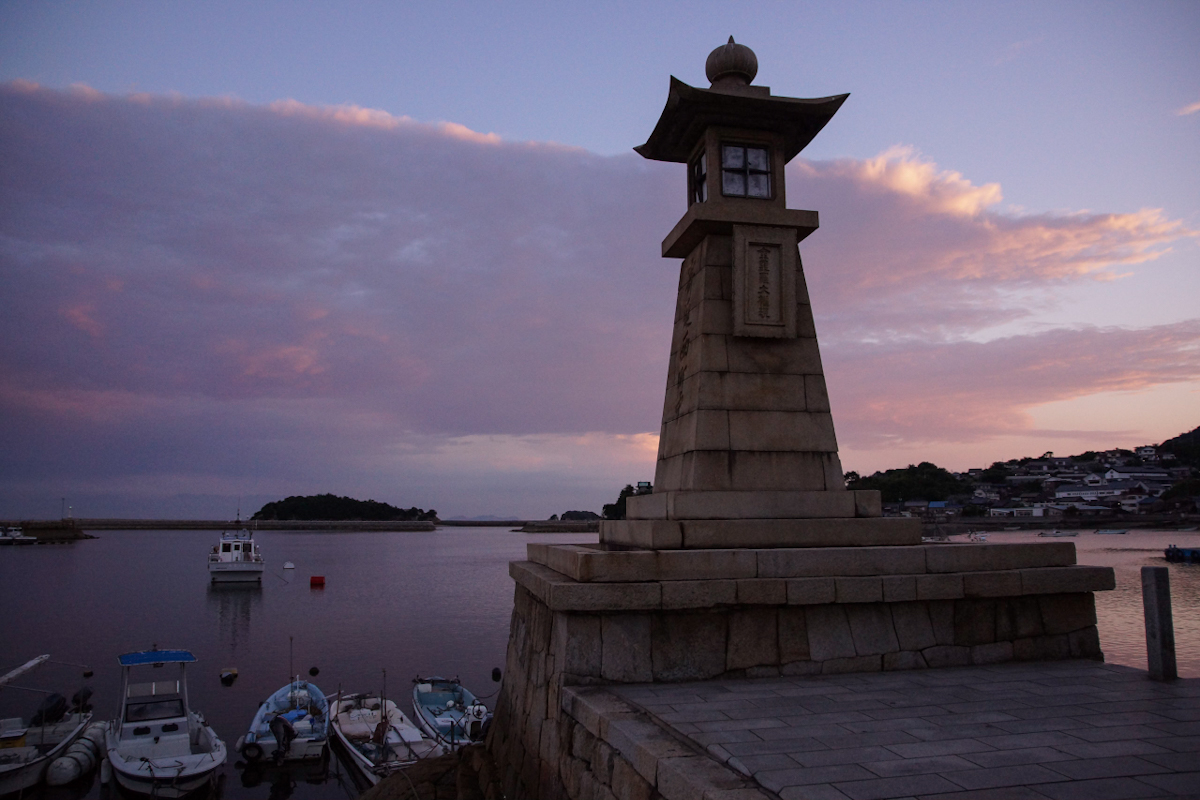

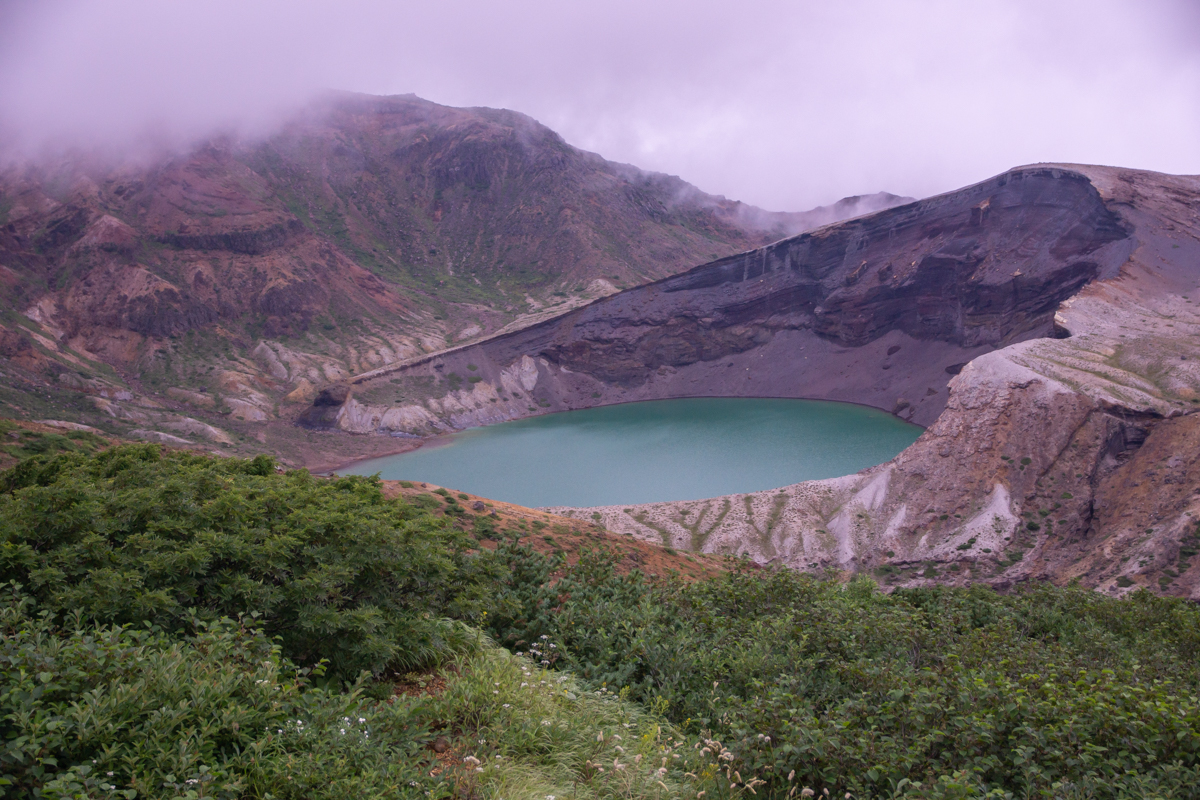
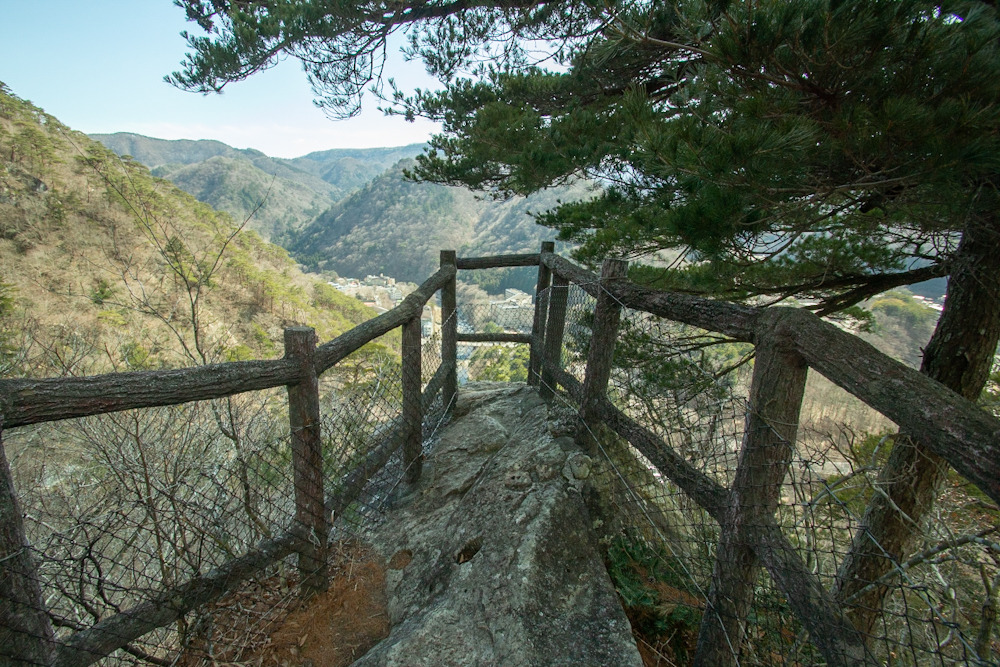
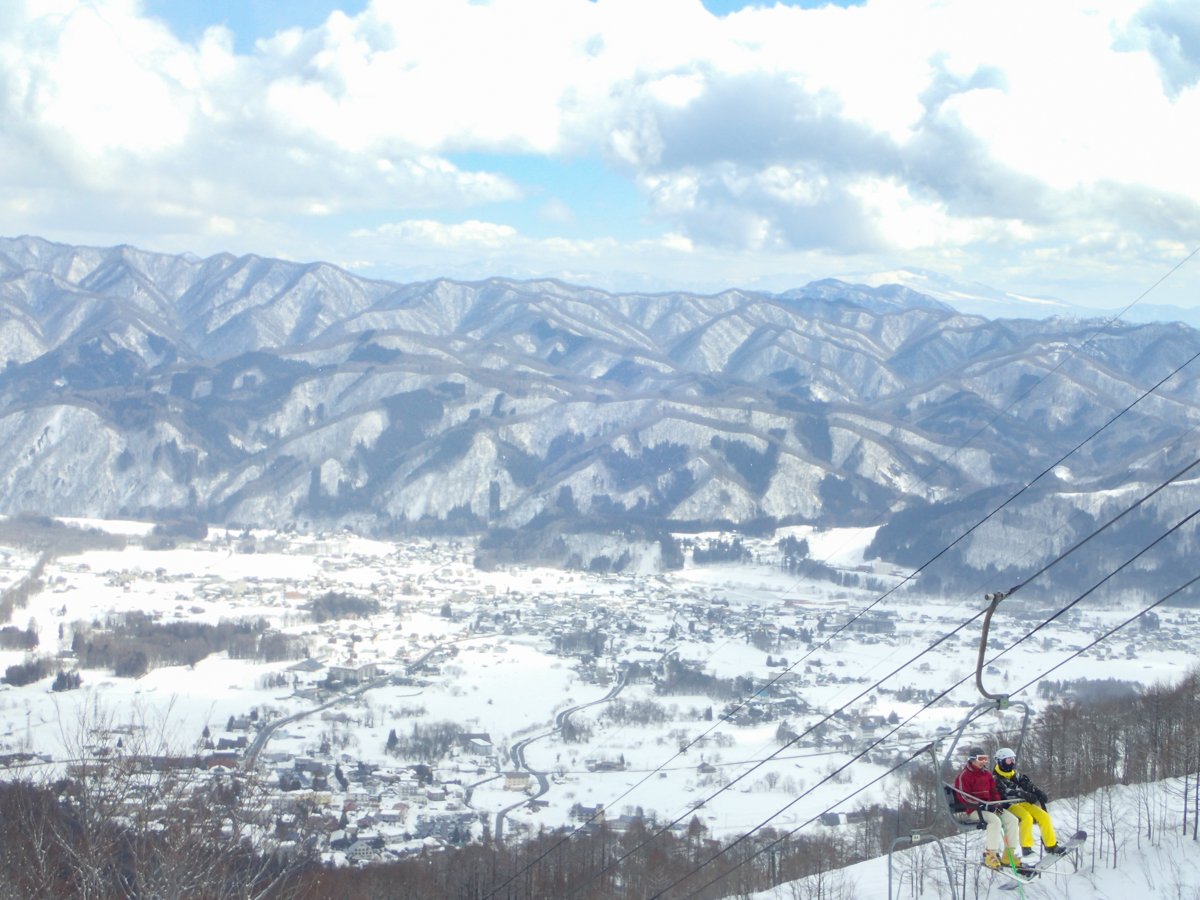
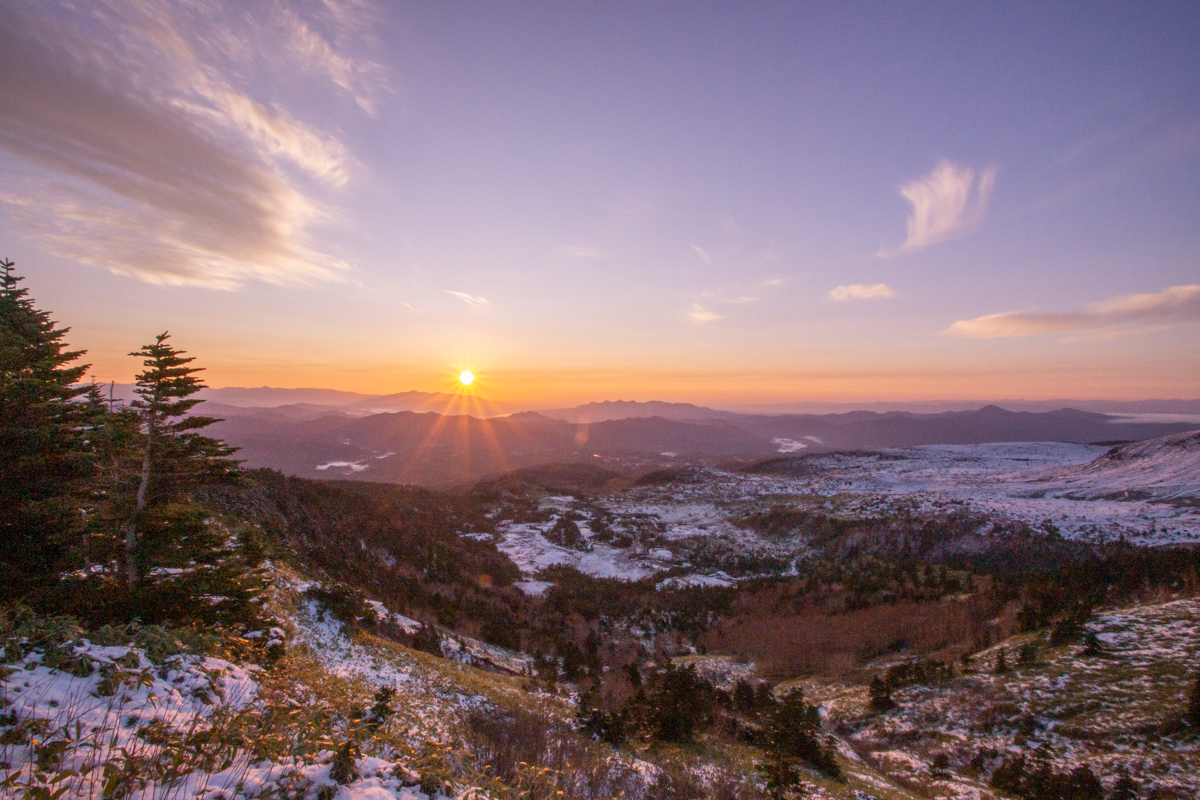

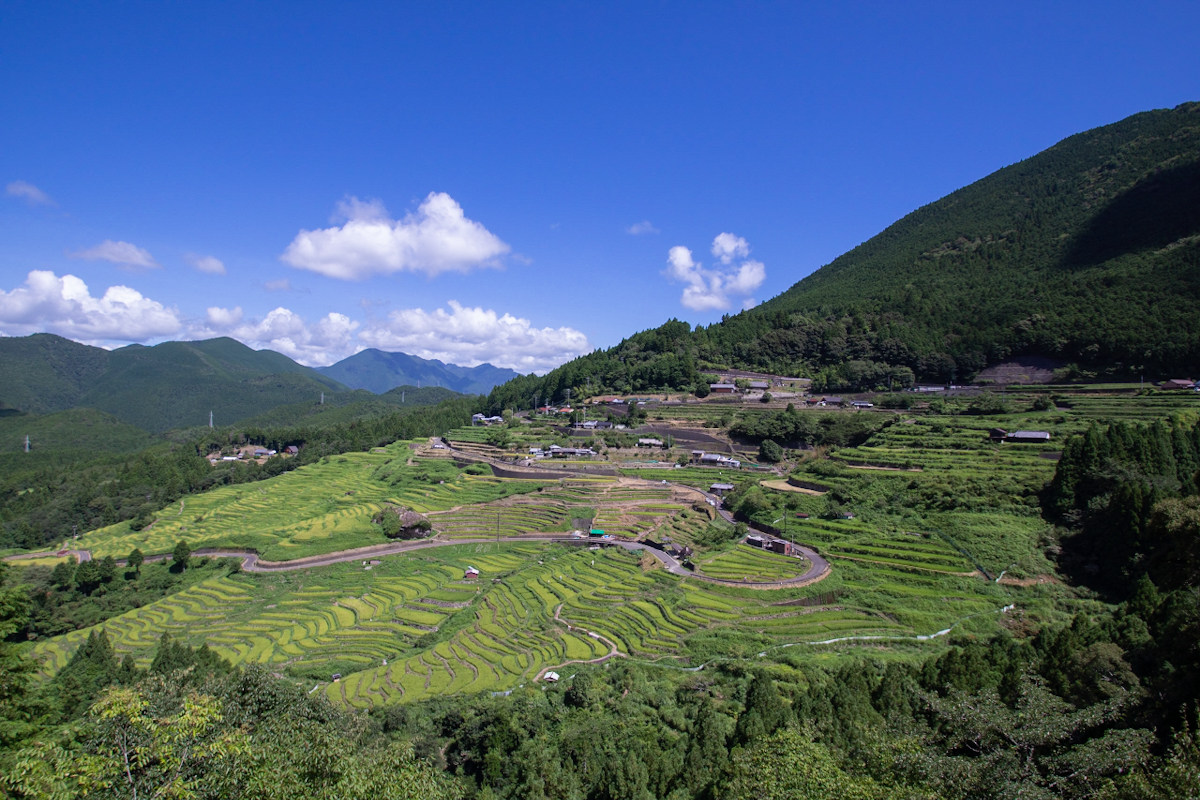

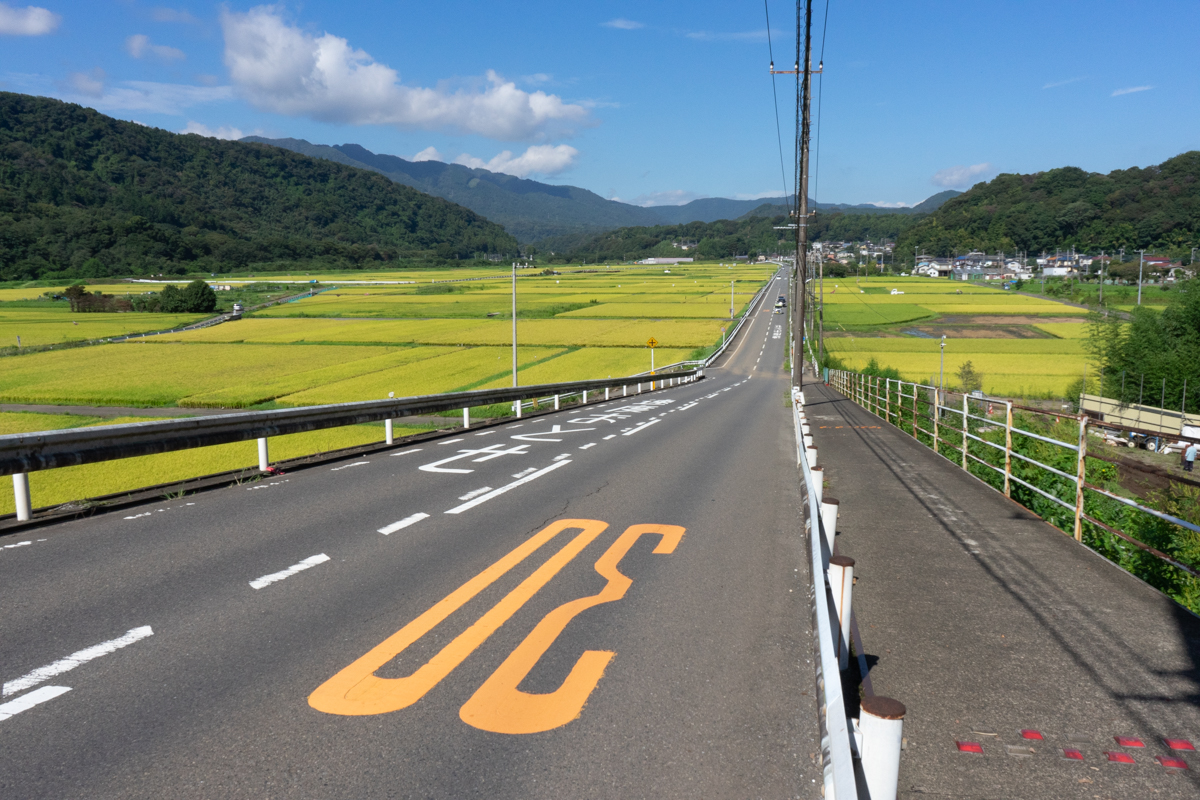
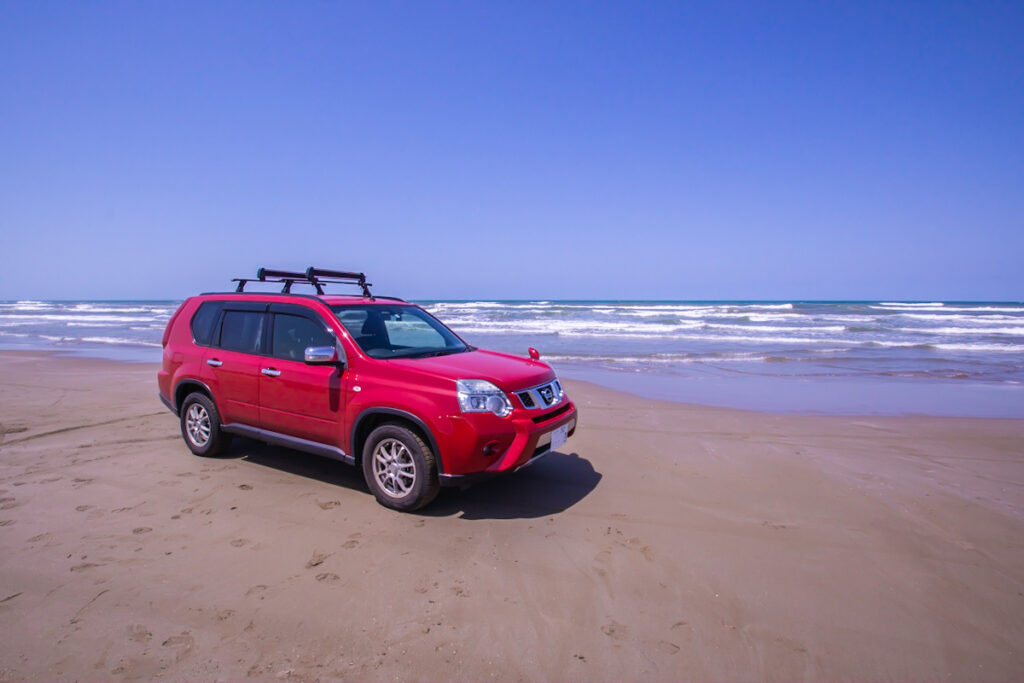

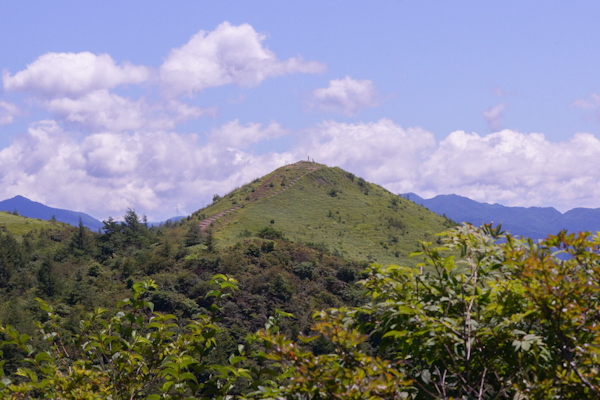



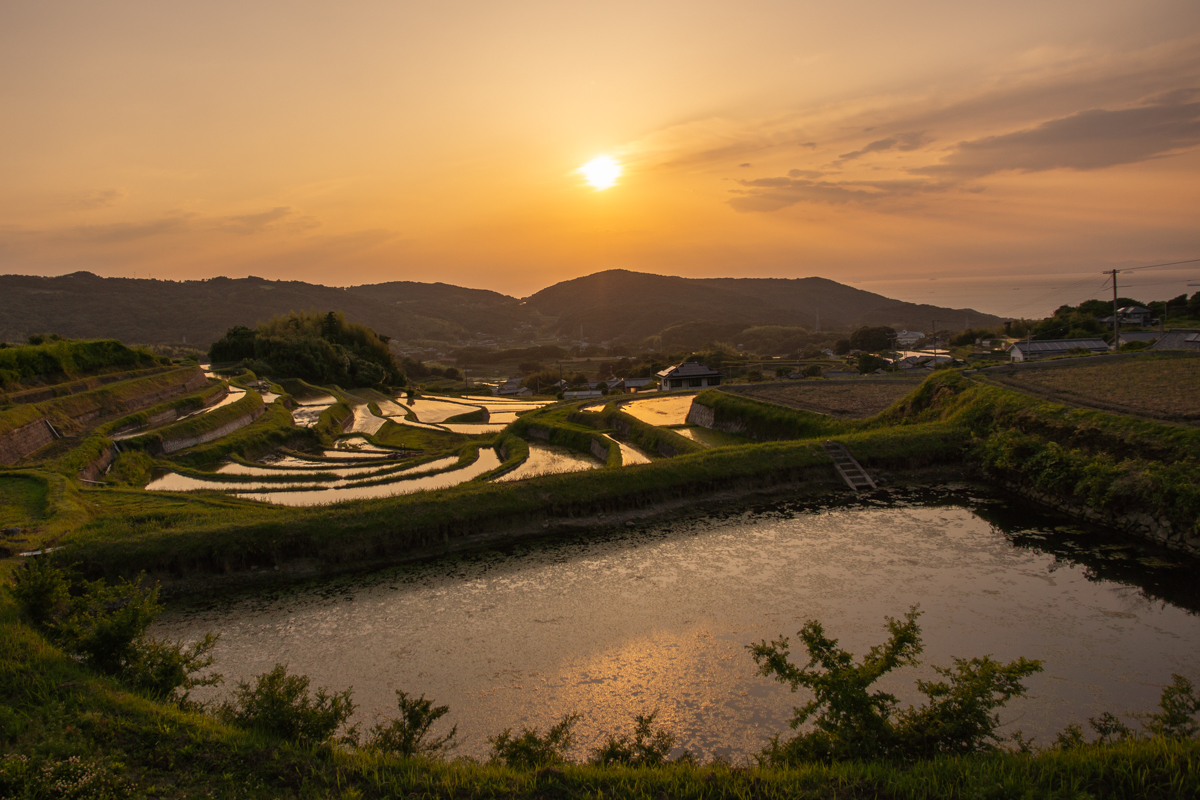




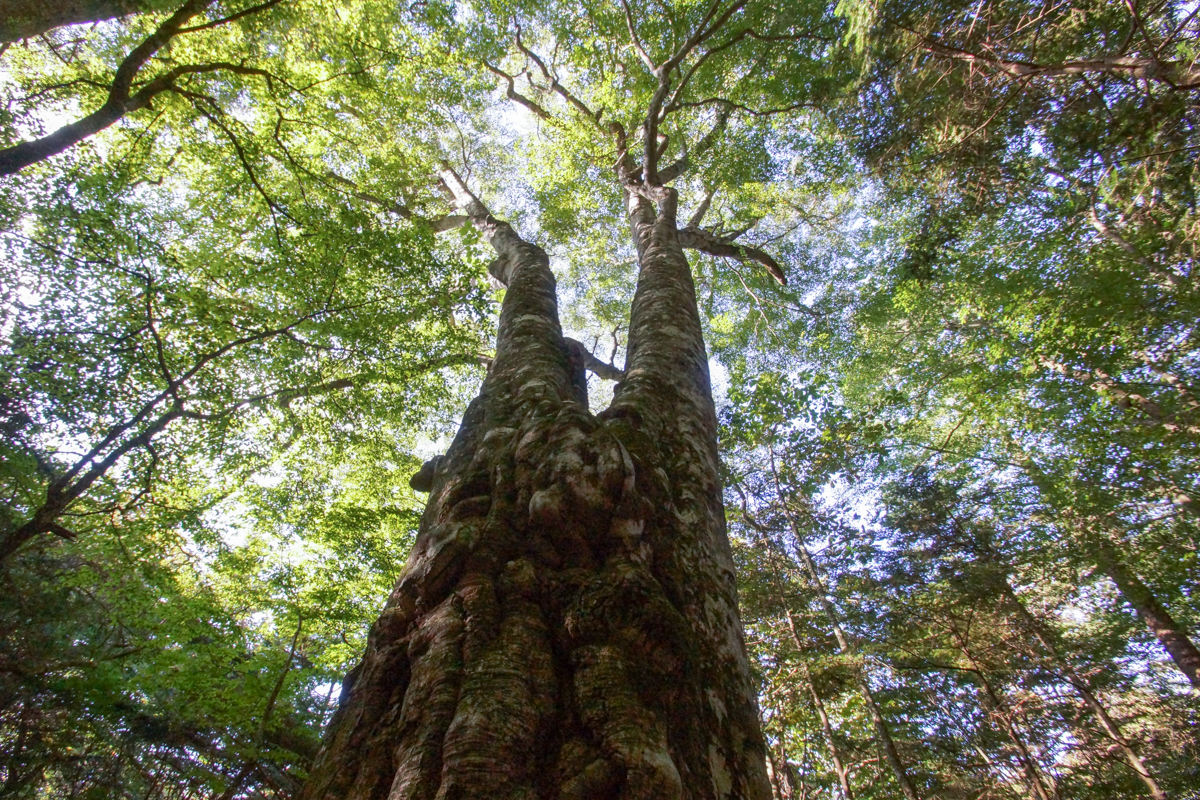
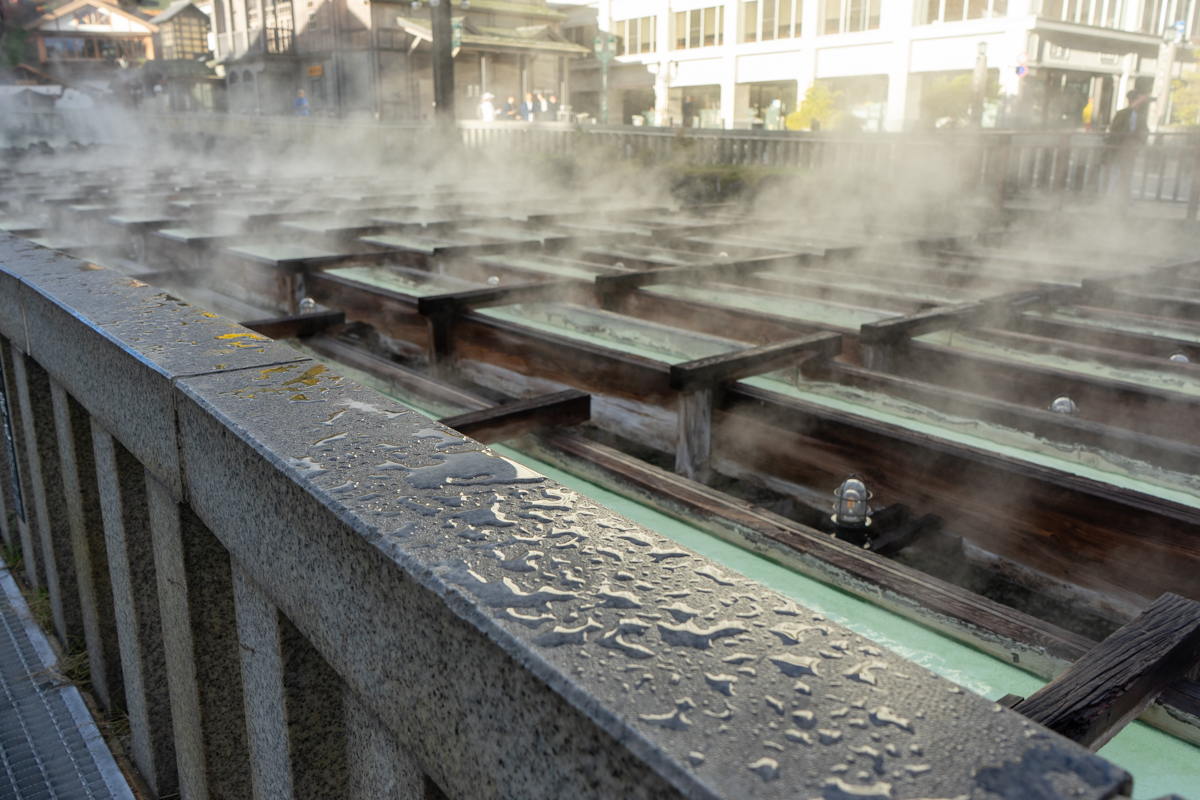
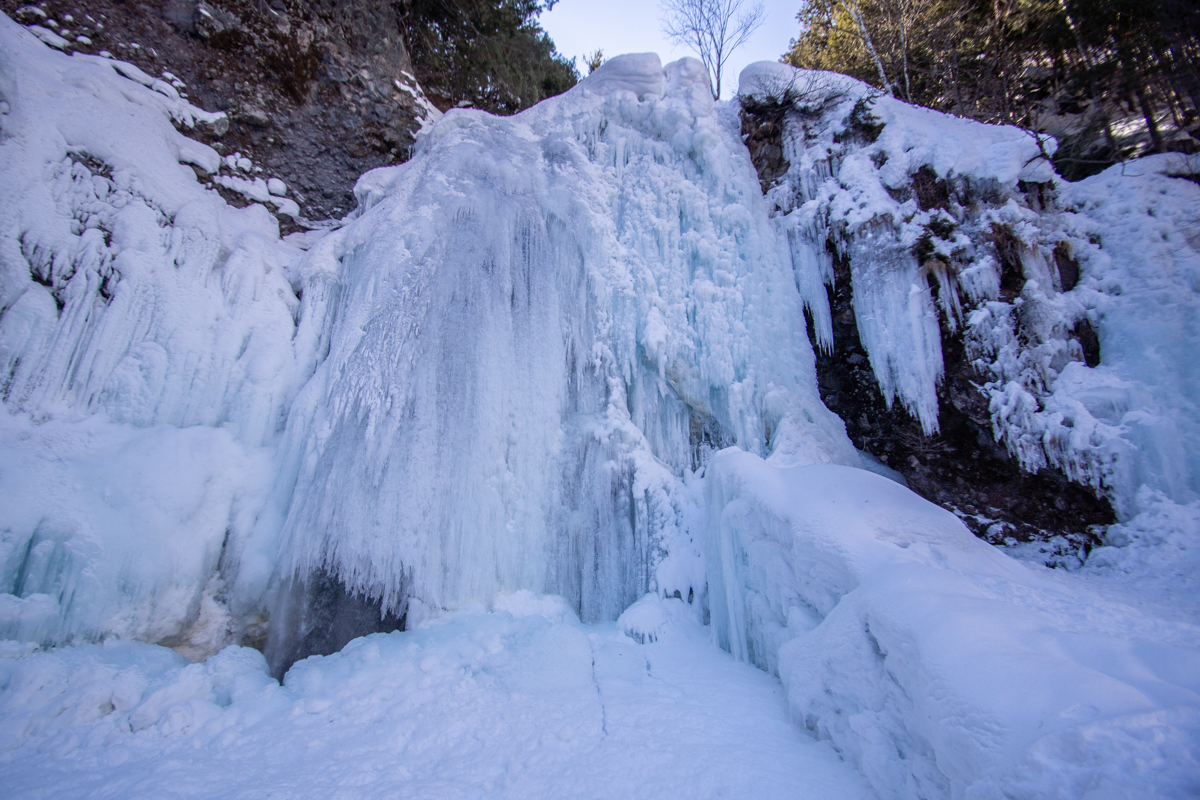
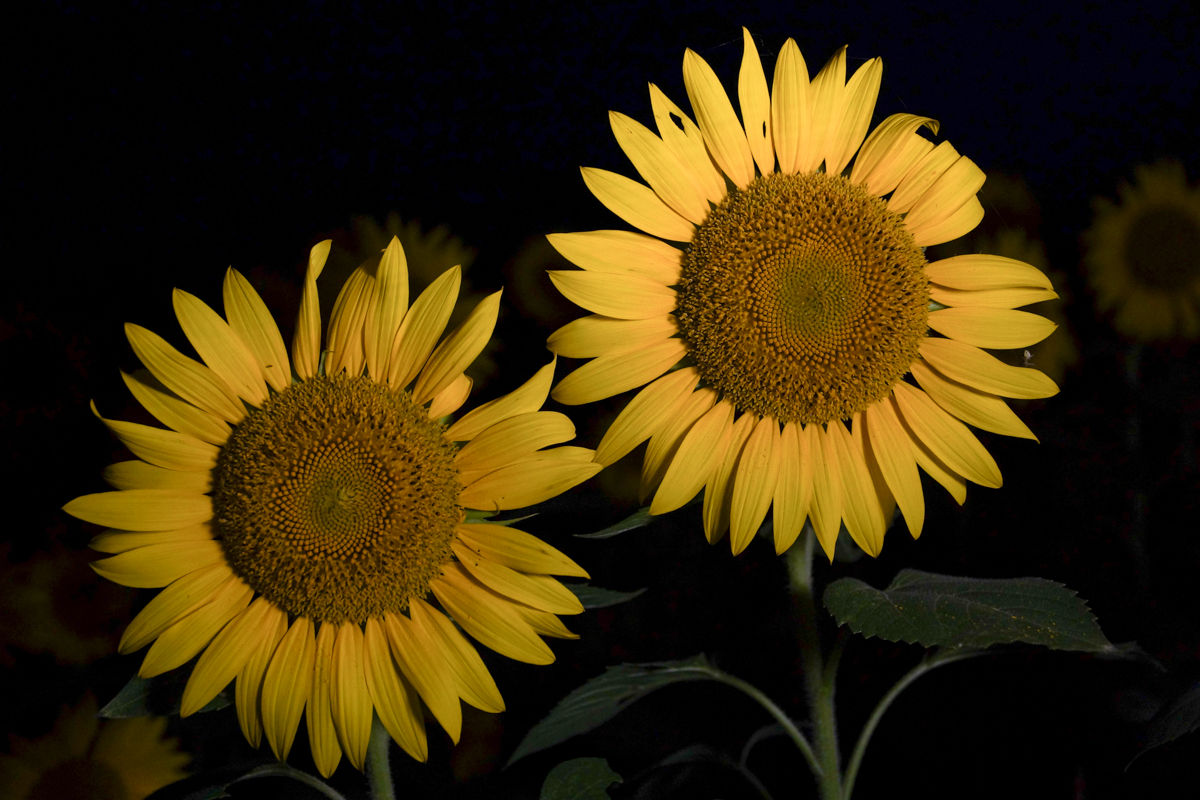
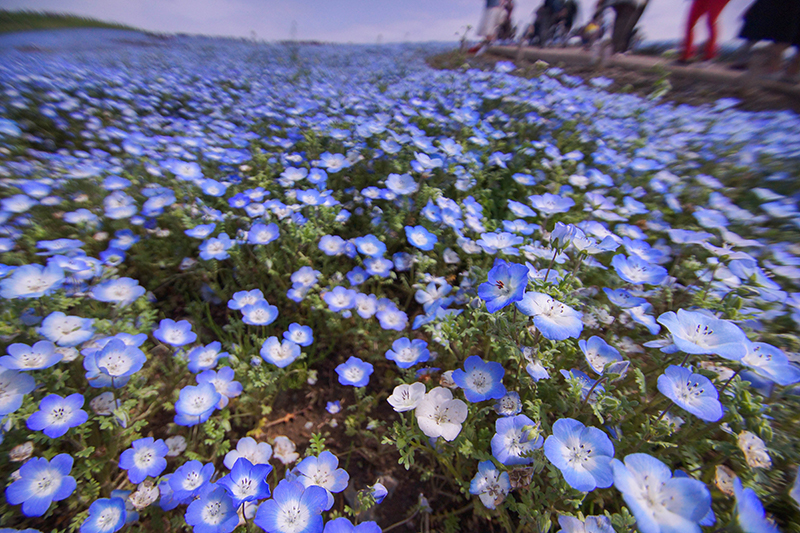

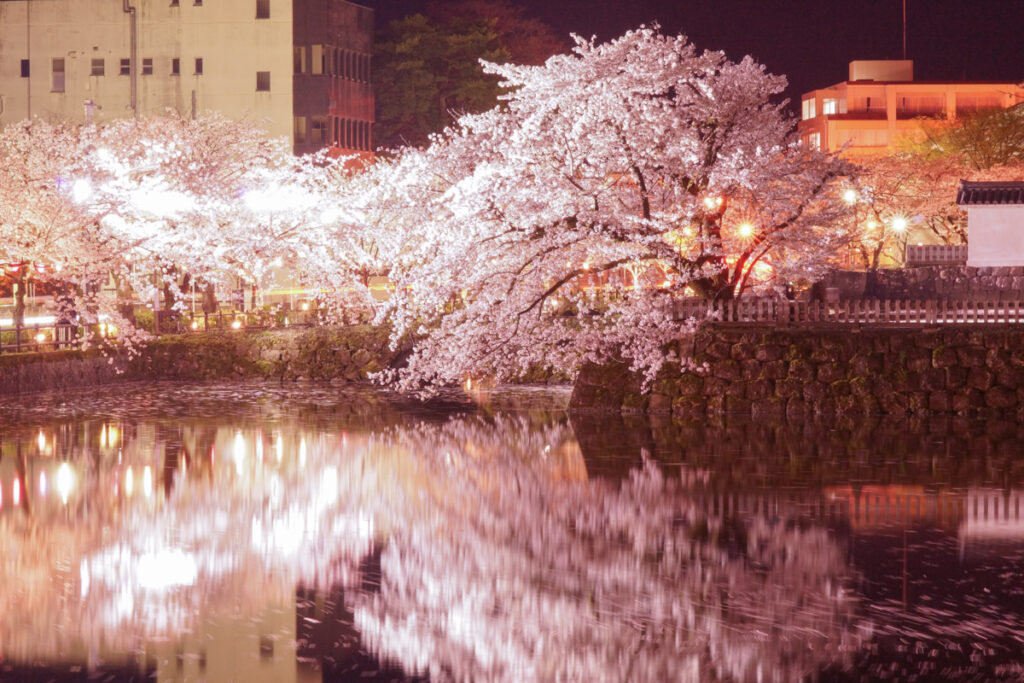
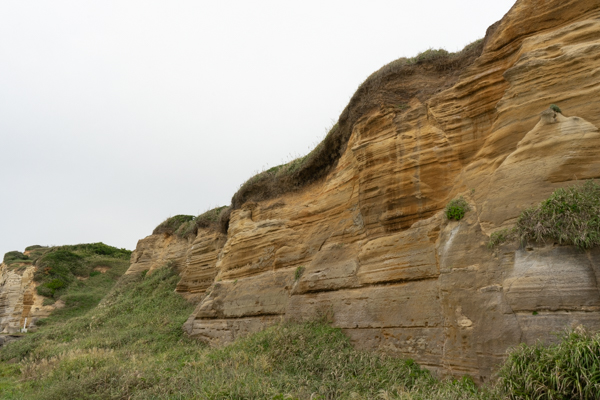

Comment